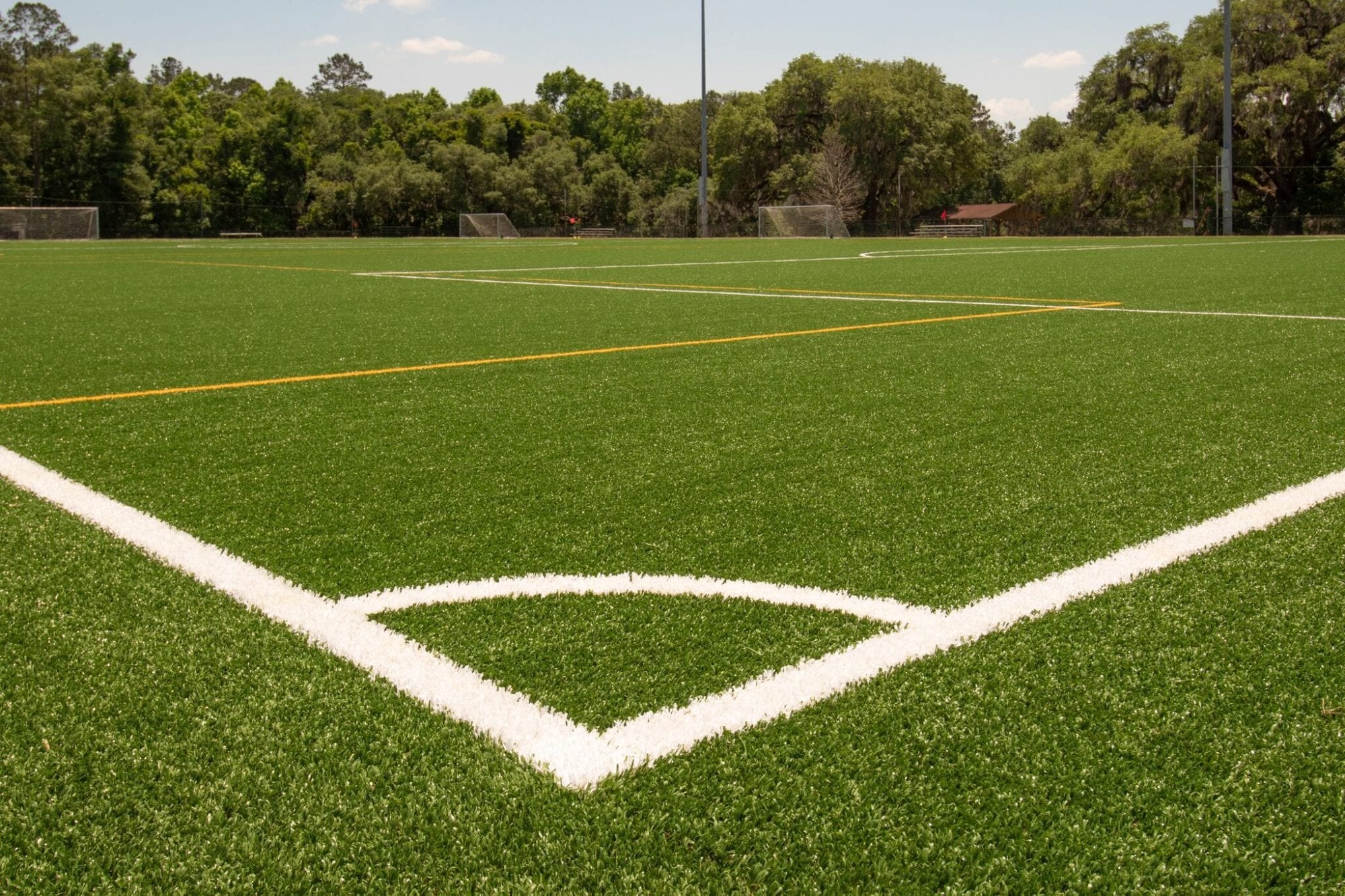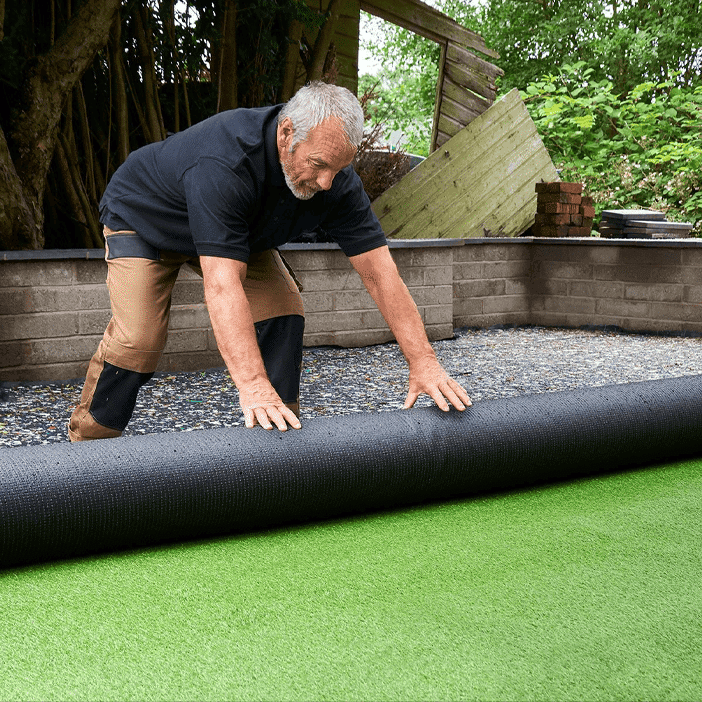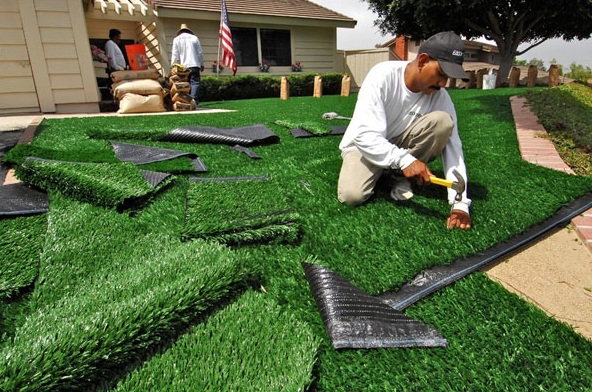Look Into the Environmental Conveniences of Opting for Synthetic Grass Solutions
The fostering of fabricated grass remedies provides a compelling opportunity to deal with pushing environmental difficulties. By dramatically lowering water usage and reducing the application of damaging chemicals, these options not only advertise sustainable landscape design however additionally shield neighborhood communities.
Water Conservation Advantages
One of the most considerable benefits of synthetic turf is its ability to save water. Typical grass lawns require significant irrigation, particularly in locations prone to dry spell or water restrictions. In contrast, synthetic grass does not require watering, substantially reducing the total need for water resources. This feature is particularly helpful in arid regions where water scarcity is a pressing issue.
By eliminating the requirement for routine watering, synthetic grass contributes to sustainable landscape practices and aids mitigate the environmental influence of extreme water usage. Moreover, the preservation of water reaches the reduction of drainage, which can cause dirt disintegration and waterway air pollution.
Furthermore, the installment of synthetic grass enables property owners and districts to assign water resources extra effectively, focusing on essential usages such as drinking water and farming. The change towards synthetic grass not only advertises responsible water use yet also aligns with more comprehensive environmental goals aimed at preserving all-natural resources.
As neighborhoods progressively prioritize sustainability, the water preservation benefits of synthetic grass present a compelling instance for its adoption in residential and business landscape design tasks.
Decreased Chemical Use
The transition to artificial turf dramatically decreases the reliance on chemical treatments commonly made use of in all-natural grass maintenance. Conventional turf management normally involves the application of pesticides, fertilizers, and herbicides to advertise development and control bugs. These chemicals can pose threats to human health, neighborhood wildlife, and the atmosphere, adding to soil and water contamination.
In contrast, synthetic grass gets rid of the requirement for these unsafe substances. When installed, it needs minimal upkeep, primarily containing normal cleaning and occasional infill replenishment. This decrease in chemical use not just benefits the instant atmosphere yet also contributes to more comprehensive environmental stability. By decreasing the release of artificial compounds into the ecological community, synthetic grass advertises healthier dirt and water supply.
Furthermore, the lack of chemical drainage connected with synthetic grass setups aids secure neighborhood waterways from pollution, supporting aquatic life and maintaining biodiversity. Arizona artificial turf. As areas increasingly focus on lasting techniques, choosing synthetic grass offers a viable solution that aligns with environmental preservation objectives. Through this shift, property owners can appreciate lavish eco-friendly spaces without compromising ecological health, leading the way for a much more sustainable future
Lower Carbon Impact

Moreover, the installment of synthetic grass can lead to substantial water preservation. All-natural yards need significant amounts of water for watering, which not just includes to the carbon footprint connected with water extraction and therapy but also pressures regional water resources. On the other hand, man-made turf requires marginal upkeep, requiring no watering, thus considerably lowering water use and its linked energy prices.
In addition, the long life of fabricated turf adds to its reduced carbon impact. With a lifespan of up to 15 years or more, the demand for constant substitutes is decreased, leading to much less waste and lower power consumption in manufacturing and disposing of typical lawn options. On the whole, synthetic grass presents a lasting alternative for environmentally mindful landscaping.
Habitat Conservation
Environment conservation is a crucial consideration in the dispute over landscape design choices, particularly when contrasting synthetic grass to all-natural grass. All-natural lawn yards often call for substantial maintenance, including the usage of plant foods, herbicides, and pesticides, which can negatively influence local communities. These chemicals can leach right into the soil and waterways, damaging native flora and fauna and disrupting local habitats.
In comparison, synthetic lawn provides a chance to decrease the eco-friendly impact of landscape design. By choosing synthetic yard, home owners can decrease the disruption of all-natural environments connected with traditional lawn treatment methods. Fabricated grass removes the need for hazardous chemicals, consequently safeguarding nearby wildlife and keeping the honesty of bordering communities. The installment of fabricated lawn can lead to the conversion of former grass areas right into even more biodiverse landscapes, such as pollinator gardens or indigenous plant locations, which can support neighborhood wild animals.
Eventually, the transition to synthetic grass not only conserves water and decreases maintenance initiatives however likewise cultivates a much more unified relationship in between human tasks and the Clicking Here native environment, advertising environment preservation while doing so.
Long-Term Sustainability
Long-term sustainability is an essential consider evaluating the benefits of synthetic grass over standard lawn lawns. Among the most considerable advantages of synthetic grass is its toughness; it can last up to 15-20 years with minimal upkeep, whereas all-natural yard needs constant reseeding and substitute. This long life lowers the need for constant resources, such as water, fertilizers, and chemicals, which are important for maintaining a healthy grass yard.
Additionally, synthetic grass contributes to a decrease in carbon emissions associated with grass treatment devices. Conventional yards usually require gas-powered mowers, leaners, and blowers, every one of which add to air pollution. Turf installation phoenix az. On the other hand, synthetic grass eliminates the demand for such tools, advertising a cleaner environment
Moreover, the production of artificial lawn significantly makes use of recycled materials, enhancing its sustainability account. As suppliers adopt my company environmentally friendly techniques, the environmental impact of synthetic grass remains to diminish.

Verdict
The fostering of synthetic turf solutions offers significant environmental advantages, including considerable water preservation, decreased dependence on harmful chemicals, and a lower carbon impact. In addition, synthetic grass help in maintaining all-natural habitats by lessening land disruption and promoting lasting sustainability with using sturdy products. Jointly, these elements underscore the potential of synthetic grass to contribute favorably to ecological health and supply a practical option to standard landscaping practices in a progressively resource-conscious globe.
In comparison, fabricated turf does not require watering, considerably lowering the general demand for water resources. By decreasing the release of synthetic compounds right into the ecological community, man-made turf advertises much healthier soil and water systems.
Additionally, the setup of artificial grass can result in significant water preservation. In contrast, fabricated grass needs very little maintenance, calling for no watering, consequently considerably decreasing water usage and its linked power prices.
